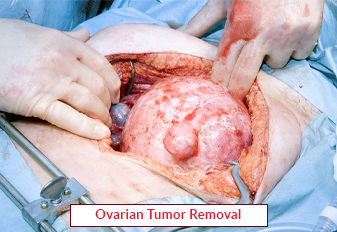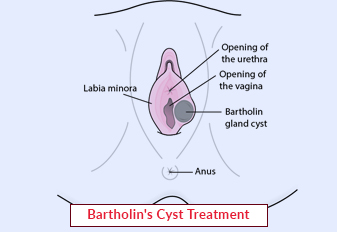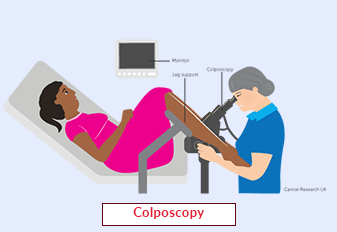Ovarian Tumor Removal

Ovarian tumor removal, also known as ovarian cystectomy or ovarian mass resection, is a surgical procedure performed to remove abnormal growths or tumors that develop in the ovaries. Ovarian tumors can be benign (non-cancerous) or malignant (cancerous), and their removal is crucial for diagnostic purposes, symptom relief, and overall reproductive health. In this article, we will explore the concept of ovarian tumor removal, its indications, and the procedure involved.
Book an AppointmentAbout Ovarian Tumor Removal
Ovarian tumor removal is a surgical intervention aimed at removing abnormal growths from the ovaries. These tumors can range in size, type, and characteristics. Some common types of ovarian tumors include ovarian cysts, dermoid cysts, serous cystadenomas, mucinous cystadenomas, and ovarian cancer. The decision to perform an ovarian tumor removal is based on various factors, including the size of the tumor, its location, the presence of symptoms, and the possibility of malignancy.
Procedure of Ovarian Tumor Removal
The procedure for ovarian tumor removal typically involves the following steps:
-
Preoperative Evaluation: Before the surgery, the patient undergoes a thorough evaluation, including medical history review, physical examination, imaging tests (ultrasound, MRI, or CT scan), and sometimes blood tests (tumor markers).
-
Anesthesia: Ovarian tumor removal is performed under general anesthesia, which ensures the patient is asleep and comfortable throughout the procedure.
-
Surgical Approach: The surgeon makes small incisions in the abdomen, typically using a minimally invasive technique called laparoscopy. This involves inserting a thin, lighted instrument called a laparoscope and other specialized surgical tools through the incisions.
-
Tumor Removal: The surgeon carefully examines the ovaries and identifies the tumor. Depending on the tumor's characteristics and location, it may be removed intact or dissected into smaller pieces for extraction. In some cases, if malignancy is suspected, the surgeon may perform a frozen section analysis during the surgery to determine whether the tumor is cancerous or benign.
-
Closure and Recovery: After the tumor is removed, the incisions are closed with sutures or surgical staples. The patient is then moved to the recovery area and closely monitored for any immediate postoperative complications.
-
Postoperative Care: The patient will be given instructions on postoperative care, including pain management, wound care, activity restrictions, and follow-up appointments for monitoring and evaluation.
Require Assistance?
Get A Quick Callback From Our Healthcare Experts






